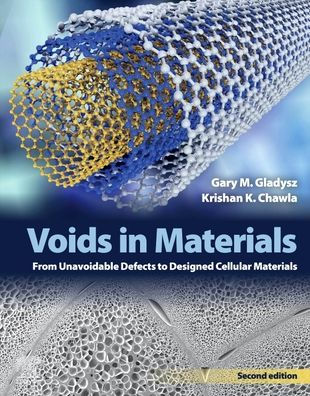Gary Gladysz is an adjunct associate professor of materials science and engineering at the University of Alabama at
Birmingham, United States and founder at X-Link 3D. He received his PhD from the New Mexico Institute of Mining and Technology, where he participated in the NATO
Collaborative Program with the German Aerospace Institute
(DLR). Since receiving his PhD, he has led research efforts in university, government, and industrial settings. He has extensive research experience designing and characterizing thermoset composite materials for 3D printing, fibrous composites, ceramic composites,
polymers, composite foams, and thin films. As a technical staff member at Los
Alamos National Laboratory (LANL), he was technical lead for rigid composites and thermoset materials. In 2005 he was awarded the LANL Distinguished Performance
Group Award for his work leading materials development on the Reliable
Replacement Warhead Feasibility Project. Additionally, while the US Army, he developed composite materials and test protocols for ballistic head protection. He has served on funding review boards for LANL, National Science Foundation, ACS, and the Lindbergh Foundation. He has been guest editor on many issues of leading materials science journals, including Journal of Materials Science and Materials
Science & Engineering. He has organized many international conferences/symposia on syntactic foams, composite materials, and innovative materials for additive manufacturing. He started and chairs the ECI international conference series on
Syntactic and Composites Foams. He currently lives in Boston, Massachusetts,
United States.
Professor Krishan Chawla obtained his BS from Banaras
Hindu University and his MS and PhD degrees from the
University of Illinois at Urbana-Champaign, United States. He has taught and/or done research at (in alphabetical order)
Arizona State University, Tempe, AZ (United States); Ecole
Polytechnique Federale de Lausanne (Switzerland); Federal
Institute for Materials Research and Testing (BAM), Berlin
(Germany); German Aerospace Research Institute (DLR),
Cologne (Germany); Instituto Militar de Engenharia (Brazil);
Laval University (Canada); Los Alamos National Lab (United
States); New Mexico Tech (United States); Northwestern University (United States);
University of Alabama at Birmingham (United States); and University of Illinois at
Urbana-Champaign (United States).
He has published extensively in the areas of processing, microstructure, and mechanical behavior of materials, in general, and composite materials and fibers, in particular. Besides being a member of various professional societies, he is Editor of
International Materials Review (published jointly by ASM International, United
States and the Institute of Materials, London) and a member of the Editorial Board of various journals. During 1989-1990, he served as a Program Director for metals and ceramics in the Division of Materials Research, National Science Foundation,
Washington, DC, United States. He serves as a consultant to the industry, US
national laboratories, and various US federal government agencies. In 1992 he was the recipient of the Eshbach Society Distinguished Visiting Scholar Award from
Northwestern University. During the period of June, 1994 through June, 1995 he held the US Dept. of Energy Faculty Fellowship at Oak Ridge National Lab. In 1996
he was given the Distinguished Researcher Award by the New Mexico Tech. In 1997
he was made a Fellow of ASM international. In 2000 he was awarded the
Distinguished Alumnus award by Banaras Hindu University. He received the
President’s Award for Excellence in Teaching, University of Alabama at Birmingham in 2006. In 2018 he was awarded the Albert Nelson Marquis Lifetime Achievement
Award.






